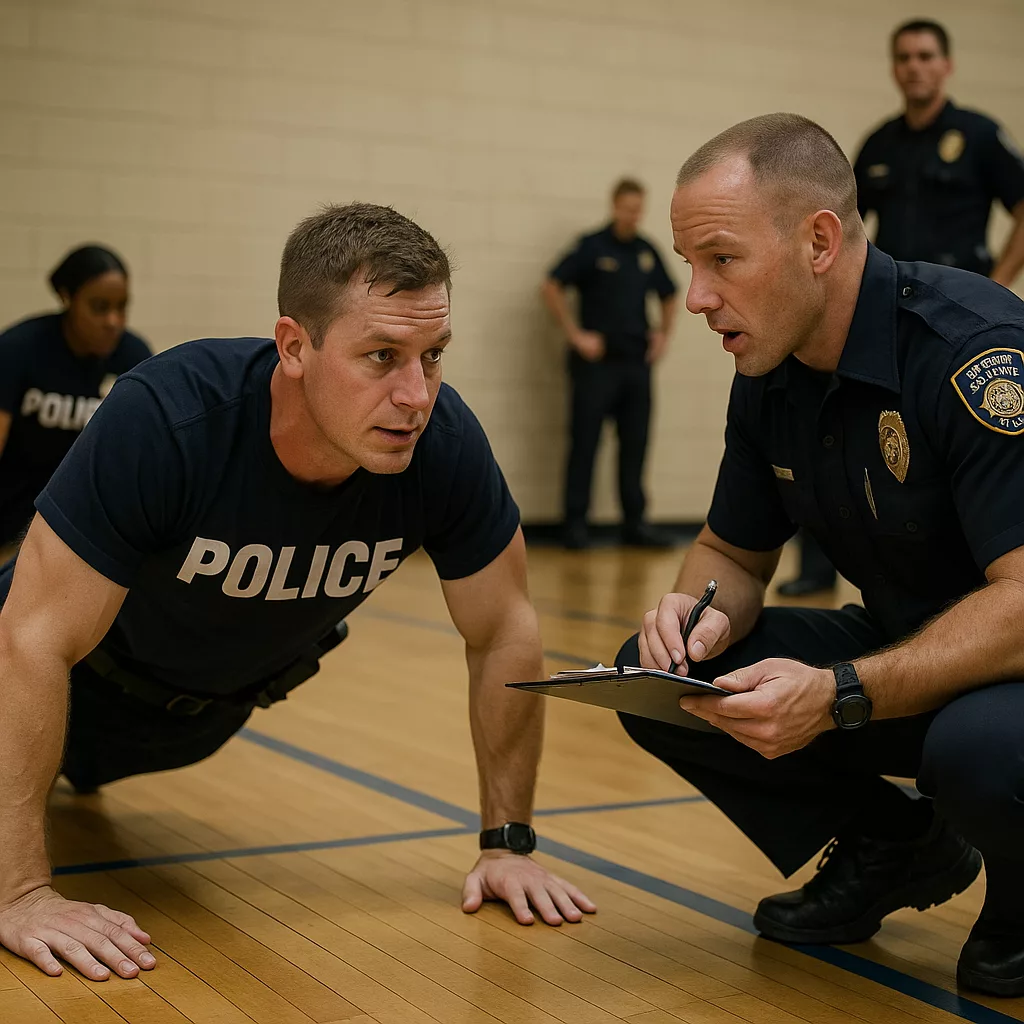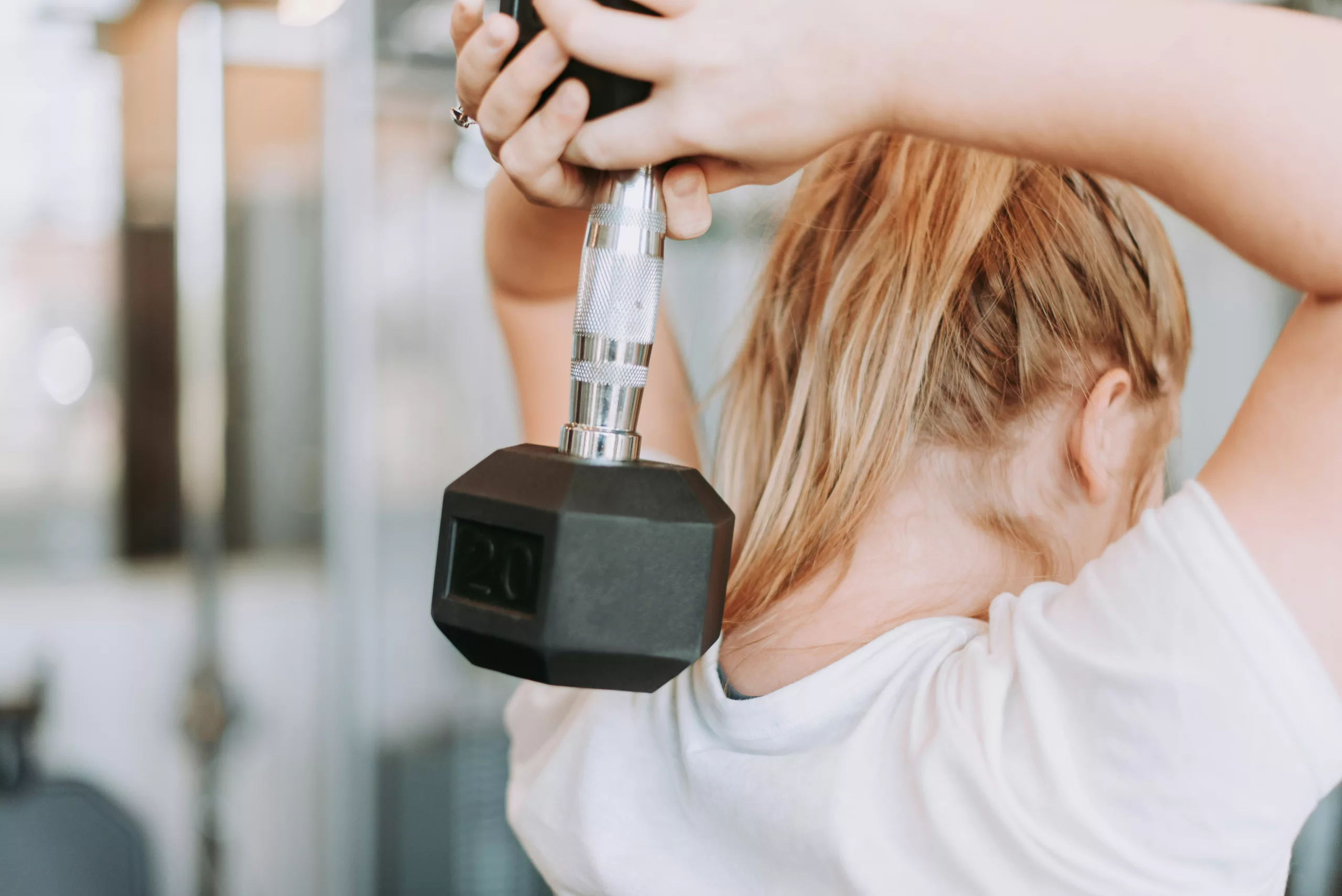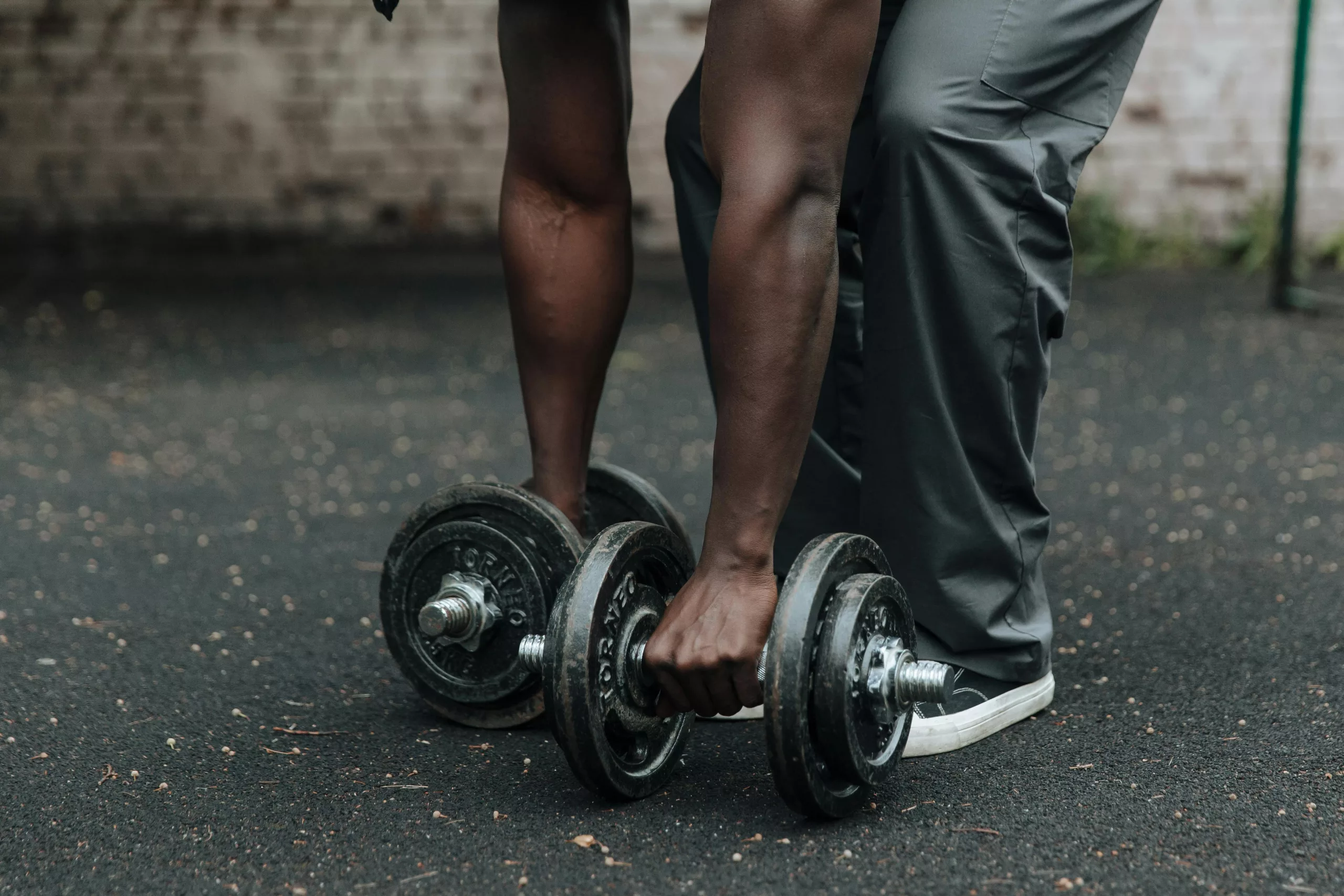Heat or Ice? What to Use (and When) for Injury Recovery
Whether it’s rolling an ankle, pulling a muscle, or waking up with a sore back, when you get hurt you might ask yourself: Should I use heat or ice?You’re not alone. This is one of the most common questions we get in clinic. And while the answer isn’t always simple, learning how pain, inflammation, and healing work can help you make better choices when managing your injury.Let’s break it down.What is Inflammation, and Why Does It Happen?Inflammation often sounds like a bad thing, but it is actually one of the most important steps in your body’s healing process. It helps
How Fit Do I Need to Be for a Career in Policing? Part 2
Alright, so now you know all about the fitness components of the A-PREP and the kinds of physical demands you’ll encounter in class after you pass it. But let’s not get ahead of ourselves. How do you prepare for the test?When reading the test requirements, you’ll notice that at the end of the day, you need to be strong, fast, and a good runner. So how do you focus your training when you need to be above average at, well, everything? The simplified answer is to be strategic about it.Here’s how we start:Stop and reflect on your current fitness status.
How Fit Do I Need to Be for a Career in Policing? Part 1
It’s widely recognized that being fit is important to the job of policing, and greater fitness can improve performance and safety on the job. When determining “How fit do I need to be to become a police officer?” there are two objectives you should be considering: first and foremost, the applicant assessment known as the Alberta - Physical Readiness Evaluation for Policing (A-PREP), and second, the increased level of fitness needed to get through recruit training class with ease.Fitness alone does not distinguish who is going to make a good police officer from who isn’t, so the A-PREP used by
Stay Safe This Winter: Tips to Prevent Slips and Falls
Winter in Edmonton is a time of beauty, but it also comes with unique challenges, especially when icy sidewalks and snow-covered paths make walking a risky activity. While anyone can take a tumble, slips and falls are a particular concern for older adults, as they can lead to serious injuries and loss of confidence. Fortunately, there are simple steps you can take to stay safe this winter.Practical Tips to Prevent Slips and Falls1. Choose the Right FootwearWinter boots with non-slip soles and good ankle support are essential. For especially icy conditions, consider using removable ice cleats for extra traction.2. Take
Understanding BPPV: A Guide to Physiotherapy Support
Benign Paroxysmal Positional Vertigo (BPPV) is one of the most common causes of dizziness, affecting people across different age groups but especially prevalent in older adults. While it may sound intimidating, BPPV is manageable and treatable, often with the help of a trained physiotherapist.What is BPPV?BPPV occurs when tiny crystals (called otoconia) in the inner ear become dislodged and move into semicircular canals - structures within the ear that help you keep your balance. These crystals disrupt the normal flow of fluid that helps your brain interpret motion. As a result, people with BPPV experience vertigo, a spinning sensation often
How Physiotherapy Can Help You Bounce Back from Whiplash
As the crisp winter air rolls in and the snow begins to blanket the streets, it can brings more than just cozy evenings and hot chocolate. Winter also ushers in slippery sidewalks, icy roads, and unfortunately, a higher likelihood of accidents. Whether it’s a slip on the ice or a fender-bender on a snowy drive, injuries can happen—but you don’t have to face them alone.One common injury associated with wintertime are Whiplash-Associated Disorders (WAD), often occurring in rear-end motor vehicle accidents. While it might sound daunting, understanding this condition and knowing where to turn for help is key to a
Youth Resistance Training – Part 4: Guidelines for Youth Resistance Training
Youth Resistance Training Guidelines: Safe and Effective Approaches for Young AthletesResistance training offers significant benefits for youth and adolescents, enhancing strength, coordination, and overall fitness. However, to maximize these benefits while ensuring safety, it's important to follow established guidelines that account for the unique physical and psychosocial development of young people.When Should Youth Start Resistance Training?While there is no specific minimum age for starting resistance training, youth generally become ready when they can follow instructions and handle the demands of a basic training program. A medical exam isn't required for healthy youth, but it's recommended for those with any health
Youth Resistance Training – Part 3: Health and Fitness Benefits
The Benefits of Youth Resistance Training: Building Health and Fitness for LifeResistance training for youth and adolescents is an effective way to enhance their physical and mental well-being. While much of the focus on youth fitness has been on aerobic exercise, increasing evidence shows that resistance training offers unique health benefits when performed safely and under proper supervision. From improved cardiovascular health to stronger bones and better self-esteem, regular resistance training can provide young people with a solid foundation for lifelong fitness.Health Benefits for YouthPhysical activity is vital for the healthy growth and development of youth and adolescents. It not
Youth Resistance Training – Part 2: Effectiveness
The Effectiveness of Resistance Training for Youth: Building Strength SafelyResistance training for youth and adolescents has evolved from a debated practice to a widely recognized method for boosting strength and physical development. Research now shows that with proper supervision and program design, resistance training offers significant benefits, enhancing strength, coordination, and overall fitness in youth. Let’s take a closer look at why resistance training is effective for young athletes and how it helps them build strength.How Resistance Training Enhances Strength in YouthYouth and adolescents experience rapid physiological changes, including increases in muscle strength and endurance. However, resistance training can lead
Youth Resistance Training – Part 1: Safety
The Safety of Resistance Training for Youth and Adolescents: What the Research SaysFor decades, resistance training was discouraged in youth and adolescents due to concerns about injury risks. Much of this fear stemmed from early data suggesting that strength exercises were harmful to young people. However, recent research shows that resistance training, when properly supervised and age-appropriate, is not only safe but also beneficial for youth development. Here’s why resistance training should be a key part of youth fitness programs.The Myth of High Injury Risk in Youth Resistance TrainingIn the 1970s and 1980s, data from the National Electronic Injury Surveillance









